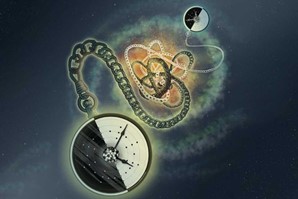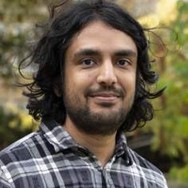COLLOQUIUM 2023
An Elementary Quantum Network of Entangled Optical Atomic Clocks
| Speaker | Raghavendra Srinivas, University of Oxford |
| Date/Time | Wednesday, 13 September 2023, 5:00 PM |
| Registration Link | https://nus-sg.zoom.us/meeting/register/tZwsce2upjMoG9cqHEu0H_OxQo32xoRNlSlm |
Abstract
Optical atomic clocks are our most precise tools to measure time and frequency. Precision frequency comparisons between atoms in separate locations can be used to probe the space-time variation of fundamental constants, the properties of dark matter, and for geodesy. Such frequency comparisons on independent systems are typically limited by the standard quantum limit (SQL). Here, we demonstrate the first quantum network of entangled optical clocks using two 88Sr+ ions separated by a macroscopic distance (2 m), that are entangled using a photonic link. We use this network to perform entanglement-enhanced frequency comparisons beyond the SQL [1]. This two-node network could be extended to additional nodes, to larger entangled systems via local operations, or to other species of trapped particles. Towards the latter goal, we have incorporated mixed-species operations to map the ion-photon entanglement from Sr+ ions to co-trapped 43Ca+ ions, which can be used as a memory qubit [2]. We are able to extend the coherence time of the ion-entanglement up to 10s.
[1] Nichol, Srinivas et al., Nature 609, 689-694 (2022)
[2] Drmota et al., PRL 130, 090803, (2023)


Biography
Dr Srinivas completed his B.Sc at NUS, and his PhD at the University of Colorado at Boulder, within Prof. Wineland’s Ion Storage Group. During his PhD, he developed new techniques of entangling two ions without lasers. He continued this theme during his postdoc at Oxford, entangling two ions in two separate systems metres apart with many lasers, with relevance to frequency comparison and quantum computing applications. He was awarded an EPSRC Quantum Technologies fellowship to explore the use of quantum networks for entanglement- enhanced metrology. He is an Early Career Fellow at Balliol College, Oxford, and works part-time at a Oxford Ionics, a quantum computing startup.
